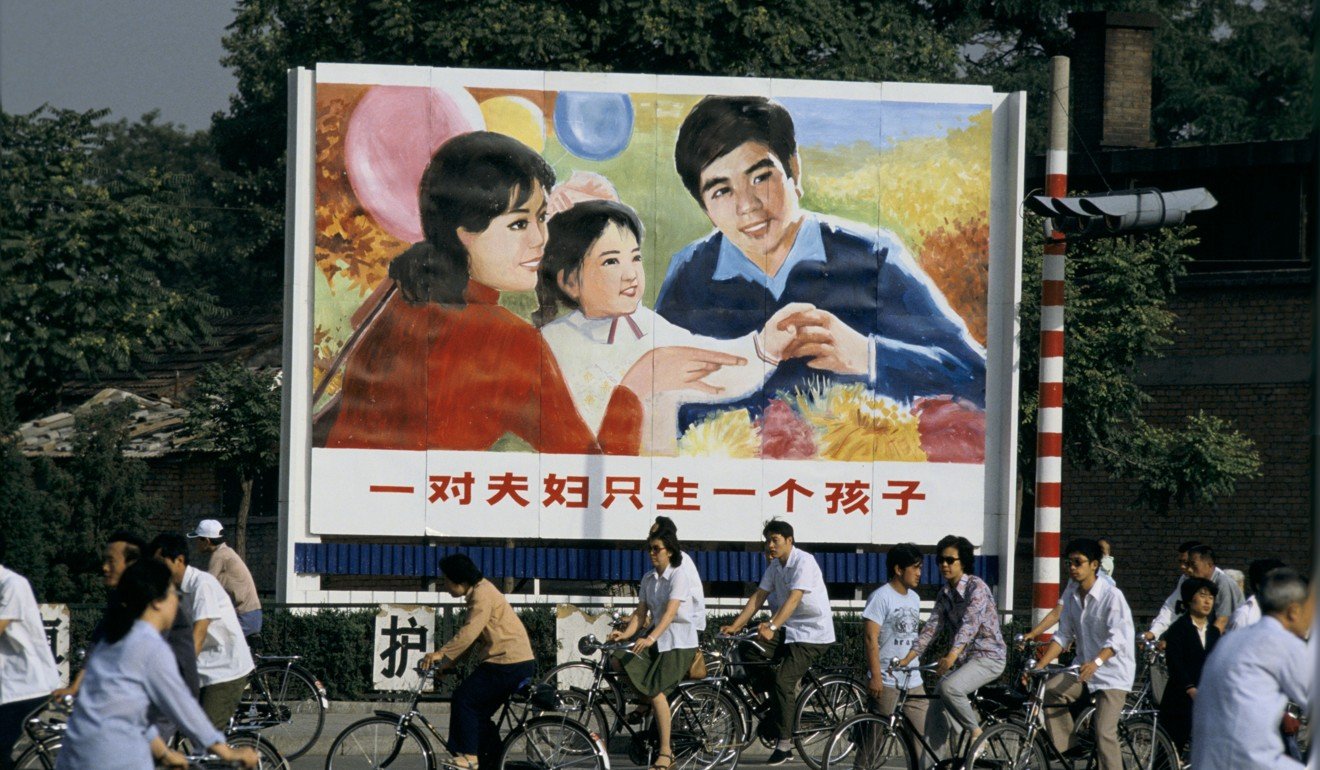
Is China going down the same path as Japan with its ageing population?
Decline in new births, a shrinking labour force and more people over 65 could drag down economic growth in the long run, researchers warn

China’s demographic picture is starting to look a lot like Japan’s, with new births in decline, a shrinking workforce and an ageing population, according to the latest official data.
While China’s headline growth accelerated to 6.9 per cent in 2017 from 6.7 per cent in 2016, its demographic statistics are less positive.
Despite the nationwide introduction of a two-child policy in 2015, the number of new births fell to 17.23 million last year, from 17.86 million in 2016, the National Bureau of Statistics said on Thursday. At the same time, the labour force – defined as those aged between 16 and 59 – shrank by more than 5 million last year.

Meanwhile the proportion of people aged over 65 has continued to rise. This age group accounted for 11.4 per cent of China’s total population at the end of last year, up from 10.8 per cent a year earlier, according to the statistics bureau data. That means China has 158.31 million people aged over 65 – more than the population of Russia.
Although the greying population is not as acute as Japan’s – where more than a quarter of people are aged over 65 and adult diapers now outsell baby diapers – researchers warn China may face similar challenges down the track to those Japan is grappling with.
Yi Fuxian, a demographer at the University of Wisconsin-Madison, said Beijing’s policy to allow couples to have a second child had failed, and it needed to encourage people to have children if it was to avoid become like Japan.
“I think China will totally abandon its family planning policy in 2018,” Yi said.
President Xi Jinping has been gradually relaxing China’s population controls since he came to power in 2012. The notorious one-child policy, which was introduced in 1979 to control population growth, was relaxed in late 2013, with couples allowed to have a second child if either parent was an only child. Two years later, the one-child policy ended and all couples were allowed to have two children.

But now, researchers say the ageing population, along with a shrinking labour pool, could drag down economic growth in the long run.
The government’s harsh population control measures have reduced the number of new births by an estimated 200 million in the past four decades, undermining the country’s growth potential, according to research led by Zhou Tianyong, deputy director of the Institute for International Strategic Studies at the Central Party School in Beijing.
“If no strong measure is taken to address [the loss of population] ... the cumulative damage stemming from a shrinking labour force on consumer demand, incomes and GDP output will only get bigger,” Zhou wrote in a journal article in the latest edition of Research on Financial and Economic Issues.
The effects of the changing demographics are already being seen. The government is under mounting pressure as provincial pension funds rapidly run out of money as the greying population puts a strain on the social security scheme. Close to half of China’s provincial pension funds are in deficit, as the burden shifts to the younger workforce to support the elderly, according to a report from the Chinese Academy of Social Sciences this month.
The problem is particularly severe in the northeastern provinces of Heilongjiang, Jilin and Liaoning, where the proportion of retirees has risen as the size of its labour force has declined as workers go elsewhere, the report said.
Affluent coastal areas such as Guangdong and cities like Beijing have more money to cover pensions because they tend to attract migrant workers, the academy found.
In his speech to the Communist Party congress in October, Xi said China would promote “the coordination of childbirth policies with other economic and social policies”, dropping the usual reference to “family planning”.